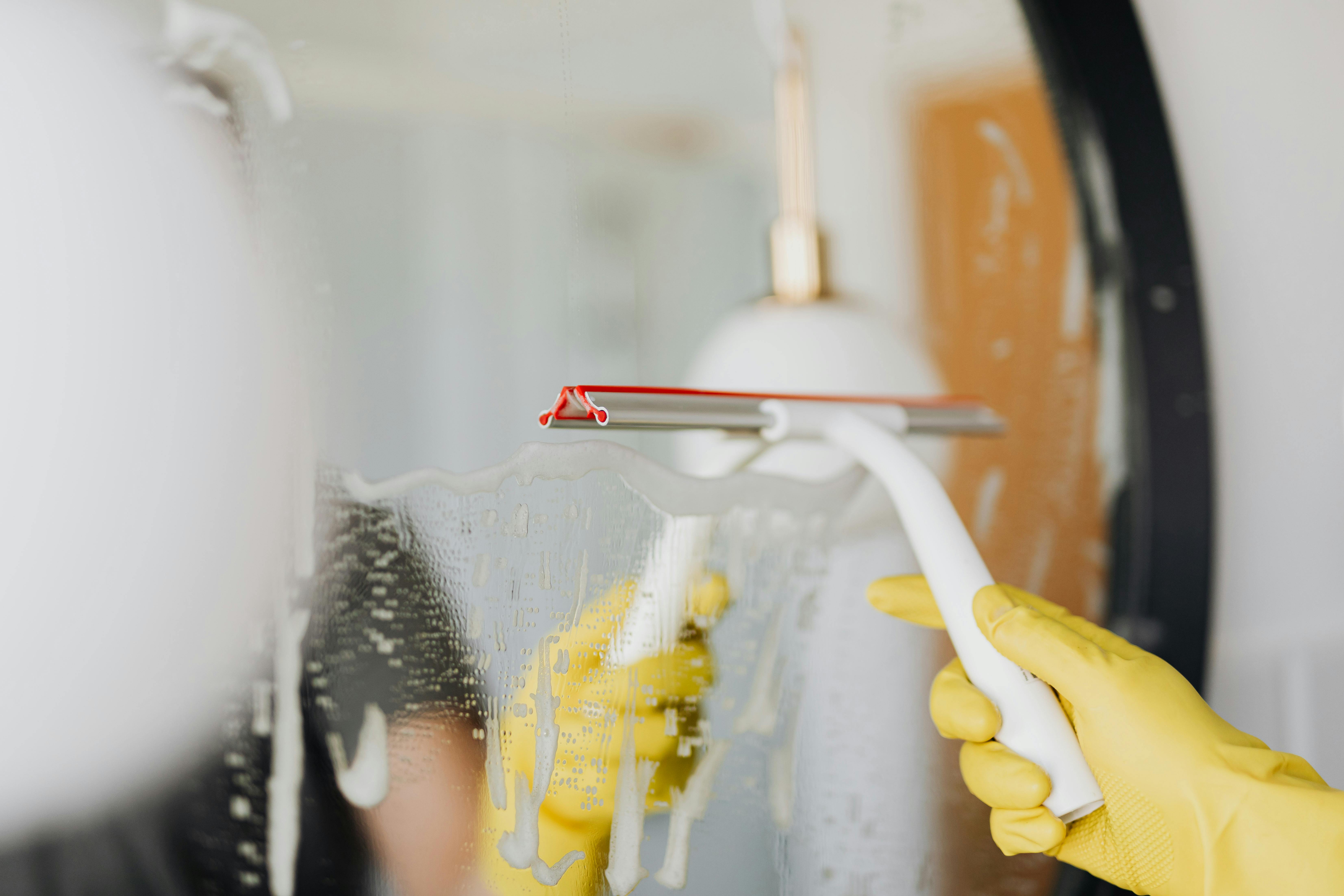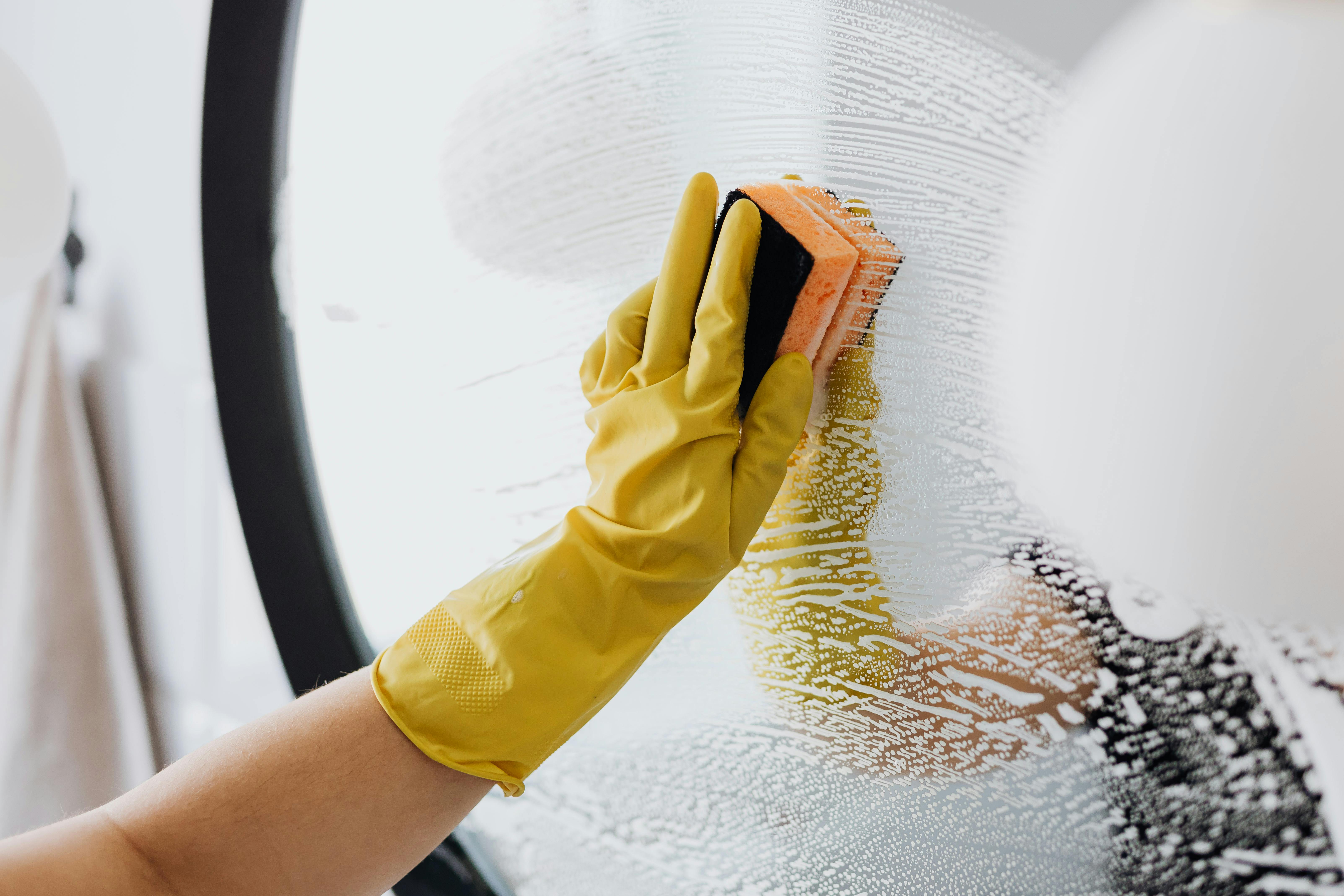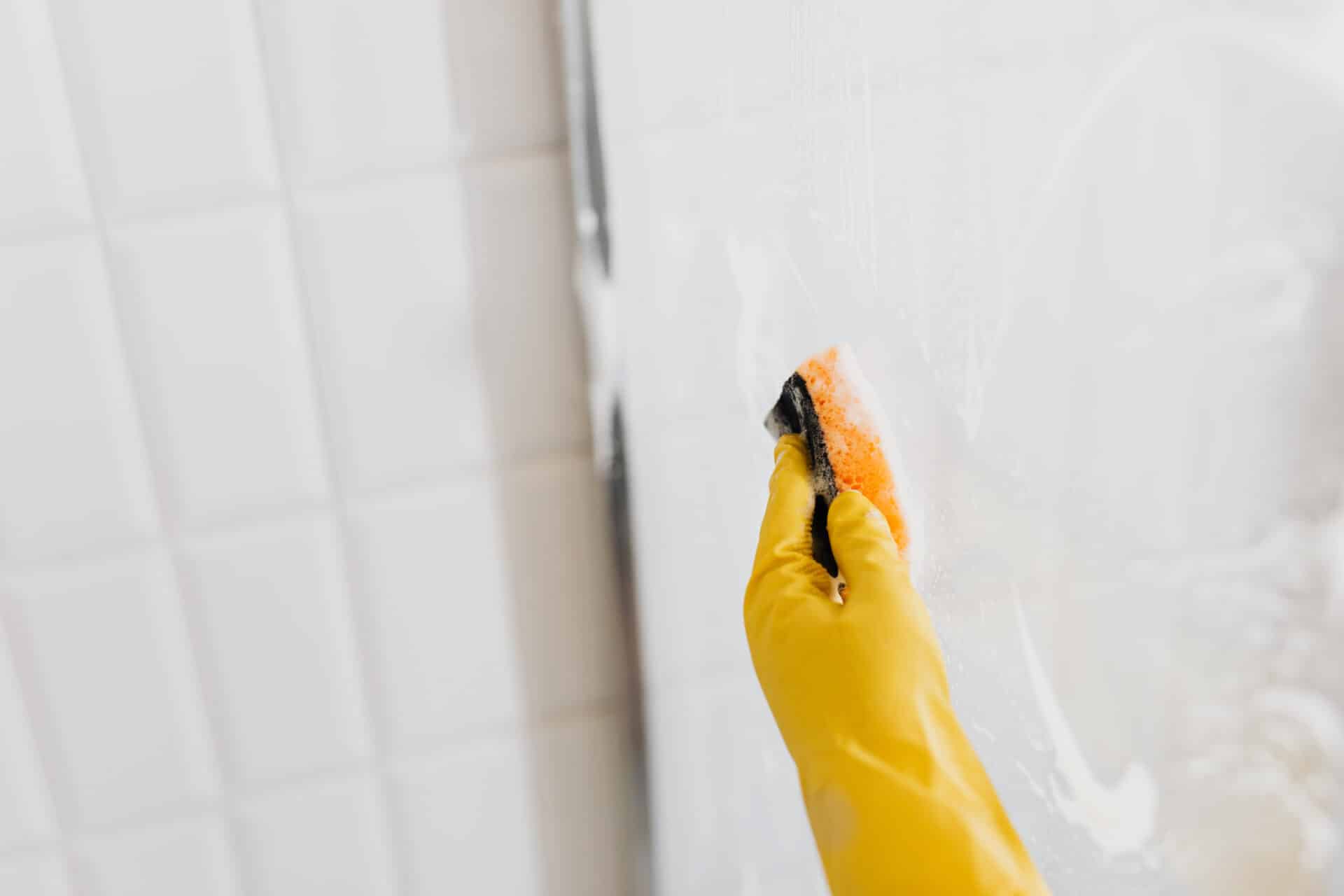Distillation is a process commonly used to purify water, but does it also remove pharmaceuticals from water? This is an important question as pharmaceuticals have been found in drinking water sources around the world. In this article, we will take a look at how distillation works and whether or not it is effective in removing pharmaceuticals from water. We will also discuss the other methods that can be used to remove pharmaceuticals from drinking water.Pharmaceuticals are drugs or medicines that are used to treat and prevent diseases, relieve symptoms, or modify organic functions. They are produced in various forms such as tablets, capsules, lotions, creams, ointments, inhalers, injections and syrups. Pharmaceuticals are developed by pharmaceutical companies and regulated by government agencies such as the Food and Drug Administration (FDA) in the United States.
Water Distillation
Water distillation is a process used to purify water by removing impurities, bacteria, and other contaminants. It works by heating water to its boiling point, which causes impurities and contaminants to be left behind as the steam rises and condenses back into liquid form. This condensed liquid is then collected as distilled water, with all the impurities and contaminants removed. Distilled water has many uses in both residential and commercial settings, from drinking to industrial use. It is also often used in medical settings for sterilization purposes.
Water distillation is a simple yet effective method of purifying water, as it does not require any additional chemicals or filtration systems. In addition, the process does not release any additional pollutants into the environment. This makes it a great choice for those looking for an inexpensive way to ensure clean drinking water for their family or business.
The main disadvantage of using water distillation is that it can be quite time consuming. Depending on the size of the container and amount of liquid being distilled, it can take several hours to complete one cycle of distillation. Additionally, some minerals that are beneficial to health may be lost in the
Distillation to Remove Pharmaceuticals from Water
Distillation is a process used to remove contaminants, such as pharmaceuticals, from water. Distillation works by evaporating water into steam and then condensing the steam back into liquid form. During this process, any impurities present in the water are left behind. The condensed steam is then collected and used as purified water. This process is often used to purify drinking water or to remove contaminants from wastewater prior to discharge back into the environment.
The distillation process involves heating the source water until it evaporates and turning it into steam. This steam contains no dissolved solids or other impurities, so it can be collected and cooled to produce purified drinking water. Pharmaceuticals are not volatile enough to evaporate with the steam, so they remain in the original source of water and are left behind during the distillation process.
In order to remove pharmaceuticals from drinking water, multiple stages of distillation may be needed. The first stage typically consists of an activated carbon filter that removes organic compounds from the source water before it enters the distiller. Once this has been done
Distilling Water for Removing Pharmaceuticals
Distilling water is an effective way to remove pharmaceuticals from drinking water. Distillation is a process where water is heated until it evaporates, leaving behind any contaminants and impurities that may be present in the source water. The resulting steam is then condensed back into liquid form and collected as pure, distilled water. This method can be used to remove a wide range of contaminants, including pharmaceuticals and other organic compounds.
The main benefit of distilling water for removing pharmaceuticals is that it eliminates the risk of negative health impacts caused by exposure to these substances. Pharmaceuticals that end up in drinking water can cause a variety of serious health problems, including cancer, liver damage, fertility issues, and more. By removing these contaminants through distillation, you can help ensure that you and your family are protected from potential harm.
In addition to eliminating the risk of health problems from pharmaceutical exposure, distilling your own drinking water can also provide you with financial savings over buying bottled or filtered water. Distillation systems are relatively inexpensive compared to other filtration methods and require very little maintenance once installed.
Is Distillation Effective in Eliminating Pharmaceuticals from Water?
Distillation is a process used to purify water by removing impurities, including pharmaceuticals. It is an effective way to remove unwanted substances from water, including bacteria, viruses, heavy metals, and organic compounds. Distillation works by boiling the water and collecting the vapor that rises off the surface of the liquid. This vapor is then condensed into a clean liquid form. The process is also capable of removing pharmaceuticals from water, as long as they are volatile enough to be evaporated by the heat.
The effectiveness of distillation in eliminating pharmaceuticals from water depends on several factors. The type of pharmaceutical being removed will have an impact on how well it can be removed through distillation. Some pharmaceuticals may not be volatile enough to be removed through this method, and thus not be eliminated effectively. Additionally, some pharmaceuticals may break down during the boiling process and become more difficult to remove.
The quality of the distillation equipment also factors into its effectiveness at removing unwanted substances from water. Poorly maintained or outdated equipment may not provide adequate filtration or evaporation of certain contaminants, including pharmaceutical

Risks Associated with Distilling Water to Remove Pharmaceuticals
Distilling water is a common method used to remove pharmaceuticals and contaminants from drinking water. While this process can be effective in removing some of the chemicals and toxins found in drinking water, there are some risks associated with it.
The most obvious risk is that distilling water can strip away beneficial minerals like calcium, magnesium, and iron. These minerals are essential for maintaining healthy bones and teeth, regulating nerve impulses, and other bodily functions. Removing them through distillation can lead to deficiencies in these vital nutrients.
Another risk is that distillation does not remove all contaminants from the water. While it can help reduce the amount of certain chemicals, such as chlorine, lead, and mercury, there are still many substances that remain in the distilled water. These include pharmaceuticals like antibiotics and hormones, as well as agricultural pollutants like pesticides and herbicides.
Finally, distillation requires a large amount of energy to complete the process of boiling and condensing the water. This means that it is not an energy-efficient option for home use. Additionally, it produces a lot of waste water that must be disposed
Removing Pharmaceuticals from Water
Removing pharmaceuticals from water is a challenging but important task. Pharmaceuticals are often released into the environment through wastewater, which can have harmful effects on aquatic life and human health. While traditional methods such as activated carbon filtration, reverse osmosis, and distillation are effective at removing pharmaceuticals from water, there are other methods that can be used as well.
One such method is membrane filtration. This process involves passing water through a membrane with very small pores that trap the pharmaceutical contaminants while allowing clean water to pass through. Membrane filtration is often used in combination with other processes such as activated carbon filtration or reverse osmosis for increased efficiency.
Another option is advanced oxidation processes (AOPs). AOPs involve using chemical or ultraviolet light to break down the molecular bonds of pharmaceutical contaminants and make them easier to remove from the water. AOPs can be used alone or in combination with other processes for maximum efficiency.
Finally, biosorption is another option for removing pharmaceuticals from water. Biosorption involves using organic materials, such as plant-based
Are There Any Side Effects of Drinking Distilled Water with Remaining Pharmaceuticals?
Drinking distilled water with remaining pharmaceuticals can have potential adverse effects on the body. It is not recommended to consume distilled water from unknown sources, as it may contain trace amounts of various medications and chemicals that can cause health issues. Consuming distilled water with pharmaceuticals can lead to a range of side effects, including nausea, vomiting, headaches, dizziness, fatigue, and even damage to the liver and kidneys. Long-term consumption of contaminated water can also lead to more serious health problems such as organ failure or neurological disorders. Therefore, it is important to only drink distilled water from a trusted source and avoid drinking from unknown sources.

Conclusion
Distillation is a viable method to remove pharmaceuticals from water. It is a simple process that can be done on the household level, using readily available materials. The effectiveness of distillation for each pharmaceutical will depend on its boiling point and volatility. Pharmaceuticals with higher boiling points may require additional processing steps or specialized equipment in order to be removed. However, distillation can be used to remove a wide variety of pharmaceuticals from water, making it an effective method for improving overall water quality.
Overall, distillation is an effective way to remove pharmaceuticals from water. It is relatively simple and inexpensive compared to other methods, making it suitable for both commercial and residential use. While the effectiveness of distillation depends on the properties of each individual pharmaceutical, it can still be used to reduce concentrations of many different drugs in drinking water.

